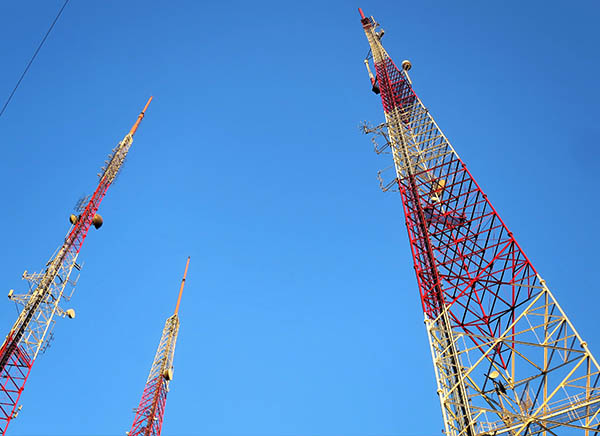
The November 2022 edition of the Ericsson Mobility Report forecasts that 5G subscriptions in the Gulf Cooperation Council (GCC) region are projected to grow steadily at an average annual rate of 30%, from 15 to 71 million up to the end of 2028, accounting for 86% of total connections at that time.
The most recent report emphasises the value of minimising environmental damage. The telecommunications industry can play a significant role in achieving the world’s sustainability goals by decreasing its emissions as well as the potential carbon emissions of other sectors of the economy.
To reduce the environmental impact, the growing data traffic needs to be managed with smart network modernization combined with a balanced approach to network performance.
e& (previously known as Etisalat Group) delves into its sustainability framework and commitment to reaching Net Zero within its Group’s activities in the UAE in the report. Etisalat by e& has shown via first-site deployments the potential to cut energy consumption by up to 52% and save 7.6 tonnes of CO2 emissions per site, each year.
Sabri Ali Albreiki, Chief Technology Officer, e& international said “At e& it is priority to address the various challenges related to climate change and we are working continuously with our partners and stakeholders to create sustainable solutions and services. With 5G adoption accelerating, digital technologies and innovation are in demand more than ever. Our vision is to enable organisations to maximise their digital potential but at the same time decarbonizing the network by deploying energy-efficient products and incorporating renewable energy resources in our activities.”
Ekow Nelson, Vice President and Head of Global Customer Unit for e& at Ericsson Middle East and Africa said “It is imperative that the industry bends the energy growth curve through building more sustainable networks as data traffic grows exponentially from increased consumption of video content and new use cases from AR, VR to 5G.
That is why we have partnered with e& on energy efficient networks and a range of decarbonization initiatives, to strengthen our response to the global climate challenge without impacting customer experience or stifling innovation.”
Presently, the total mobile subscription in GCC sees 72% of the subscription in 4G accounts while 20% make up the 5G subscription. With 5G subscriptions expected to grow, 4G subscriptions may see a decline from 55 million in 2022 to 8 million in 2028. Monthly data traffic per smartphone in GCC is also expected to double to 53 GB per month in 2028 from 25 GB per month in 2022.
Global 5G subscriptions remain on track to top one billion by the end of this year, and five billion by the end of 2028, despite current and developing economic challenges in many parts of the world. By the end of 2028, five billion 5G subscriptions are forecast globally, accounting for 55% of all subscriptions. In that same timeframe, 5G population coverage is projected to reach 85% while 5G networks are expected to carry around 70% of mobile traffic and account for all contemporary traffic growth.
Between July and September 2022, around 110 million new subscriptions to 5G were added globally, bringing the total to approximately 870 million. By the end of this year, 5G is still anticipated to have one billion subscribers, two years sooner than 4G did after its launch, as predicted in earlier predictions. The statistic supports 5G as the generation with the fastest-scaling mobile connectivity.
Overall mobile subscriptions are expected to top 8.4 billion by the end of 2022, and 9.2 billion by the end of 2028. Most subscriptions are associated with smartphones. At the end of 2022, 6.6 billion smartphone subscriptions are estimated, accounting for about 79% of all mobile phone subscriptions.
The report predicts that worldwide fixed wireless access (FWA) connections would increase more quickly than initially anticipated. One of the key early 5G use cases is FWA, the wireless alternative to landline internet connectivity for homes and businesses, especially in areas with untapped or under-tapped broadband markets. FWA is anticipated to reach 300 million connections by the end of 2028 and increase at a rate of 19% per year between 2022 and 2028.
